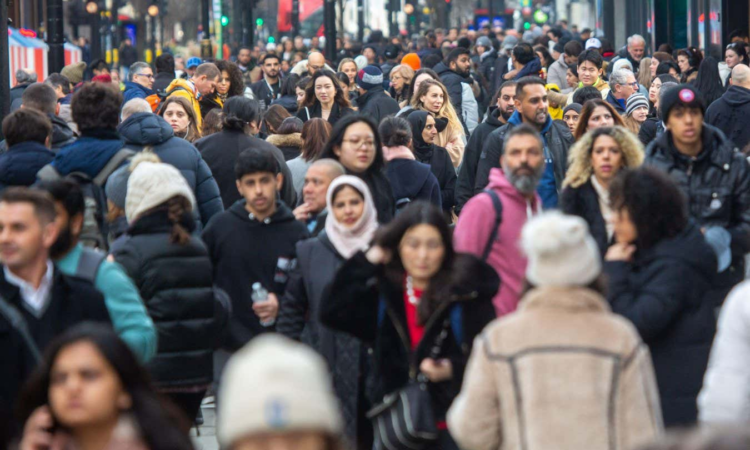
Advertisement
The life expectancies of men around the world are catching up with women’s longer lifespans, possibly due to a decline in smoking and alcohol-related deaths
By Chen Ly
17 January 2024

Both men and women have benefited from improvements in healthcare over the past few decades
ZUMA Press, Inc./Alamy
Both men and women have benefited from improvements in healthcare over the past few decades
ZUMA Press, Inc./Alamy
Women have historically outlived men, but changing lifestyles may be helping men gradually catch up.
Globally, the average human lifespan has increased over the past century, a trend that is expected to continue as countries become richer. Despite this increase, a disparity has consistently existed between the life expectancies of men and women.
To learn more, David Atance del Olmo at the University of Alcalá in Spain and his colleagues analysed the mortality data of 194 countries from 1990 to 2010. These countries could generally be divided into five groups, according to their longevity trends.
Advertisement
Read more
A longevity diet that hacks cell ageing could add years to your life
The group with the highest average life expectancy was made up of the countries with the highest incomes, such as Australia, Japan, the US, the UK and other parts of western Europe. The group with the lowest life expectancies was comprised of just Rwanda and Uganda.
When comparing how long men and women tend to live in these countries, the greatest jump took place among men in Rwanda and Uganda, who had an average life expectancy of just 30.85 years in 1990, increasing by 14.37 years to 45.22 years in 2010. Among women in these countries, life expectancy increased over this period by just 0.94 years from 50.37 years to 51.31 years.
Get the most essential health and fitness news in your inbox every Saturday.
In the group with the highest life expectancies, the average difference was 4.84 years in 1990, tipping in women’s favour. This decreased slightly to 4.77 years in 2010 and the researchers project that the gap will continue to close, reaching 3.4 years by 2030.
The team observed the same trends for the other three groups of countries.
Although the researchers only looked at data up to 2010, they expect similar trends to have continued until the present day. However, they acknowledge that covid-19 may have affected humans’ overall life expectancies and those of men specifically.
Read more
How working out your ageotype could help you live healthier for longer
In recent decades, both men and women have benefited from advances in healthcare and increased awareness around conditions such as AIDS, says del Olmo. Smoking and alcohol-related deaths, which disproportionately affect men, have also decreased, which may have aided in shrinking the life expectancy gap between men and women, he says.
“This study is consistent with epidemiologic trends that would suggest a rise in global life expectancy and a narrowing of the gender gap over time,” says Brandon Yan at the University of California, San Francisco.
Journal reference:
PLoS One DOI: 10.1371/journal.pone.0295842
Journal reference:
PLoS One DOI: 10.1371/journal.pone.0295842
Topics:
Advertisement
Receive a weekly dose of discovery in your inbox! We’ll also keep you up to date with New Scientist events and special offers.
Explore the latest news, articles and features
News
Subscriber-only
News
Free
News
Free
News
Subscriber-only
Trending New Scientist articles
Advertisement
Download the app







